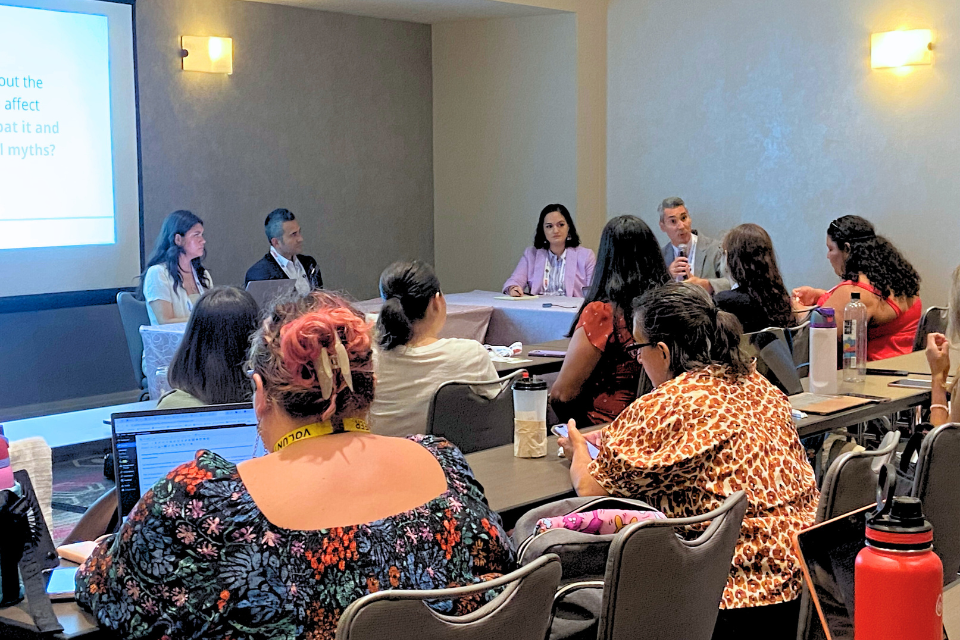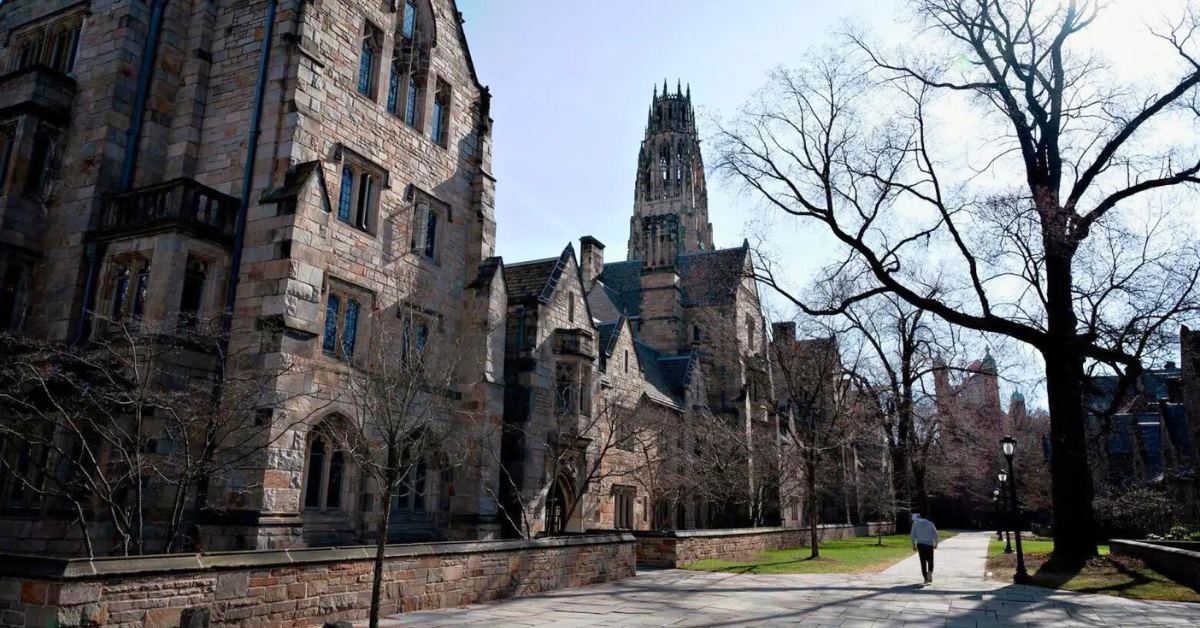There’s a problem in Connecticut of not enough minority teachers on staff, which is leaving minority students without role models that might be better able to teach them.
That’s according to an article in the Connecticut Post. The article said many school officials weren’t able to pinpoint the exact reasons there weren’t more minority teachers in their districts.
The minority teacher population is just 7 percent in the state, based on information supplied by the Capital Region Education Council, which says about one-third of the state’s students are minorities. It adds this sobering statistic, “Forty percent of Connecticut public school students will never have a teacher who is not white.”
The gap is even more significant in urban and suburban schools. The Connecticut Post is based in Bridgeport so it looked at teacher percentages in Bridgeport, where 26.4 percent of the staff are minority while 91.4 of the student population is, and Trumbull, a bordering suburb, where almost 17 percent of students are minority but only 3.1 percent of the teachers are.
According to the article, “Experts say lack of diversity in classroom teachers can affect students in a variety of ways. Students miss out on a variety of perspectives, minority students lack role models and school districts miss out on a high quality of instructors.”
One of the biggest hindrances to hiring more minority teachers may be minorities are not entering teacher certification programs. The Connecticut Post looked at two private universities in the state, Fairfield University, where the minority population decreased from 2007 to 2010, and Connecticut College in New London, which in 2007 had a certification program where one-third of the students were minorities. In 2011, it had none.
Carolyn Vermont, president of the Bridgeport chapter of the NAACP, said more has to be done by school districts. According to the article, she said school districts need to do a better job notifying communities of color about job openings. In addition to placing advertisements in popular magazines and newspapers that blacks and Latinos read, she said they should spread the word to community centers and churches. “We have a lot of work to do,” she said.
Image © Stock Xchng Photos



